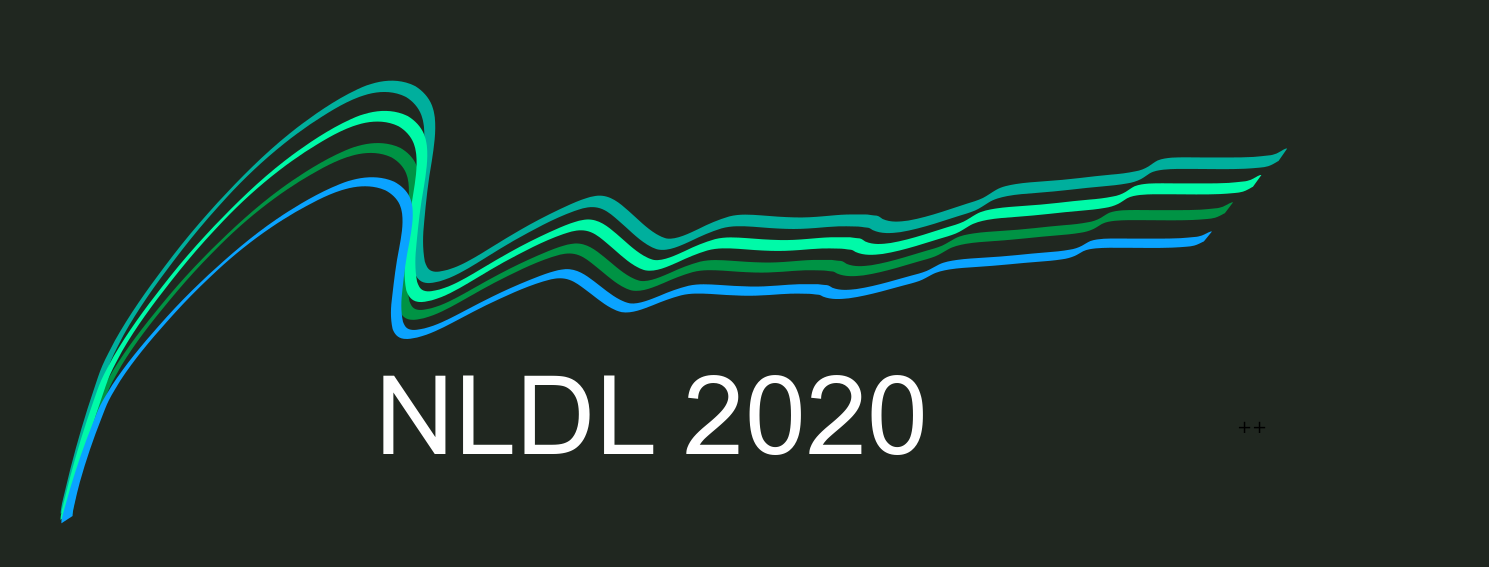Using Deep Learning Methods to Monitor Non-Observable States in a Building
DOI:
https://doi.org/10.7557/18.5159Keywords:
Indoor Air Quality, Occupancy Prediction, PCA, LSTM, GRU, Neural Architecture Search, Deep Learning, Internet of ThingsAbstract
This paper presents results from ongoing research with a goal to use a combination of time series from non-intrusive soft sensors and deep recurrent neural networks to predict room usage at a university campus. Training data was created by collecting measurements from sensors measuring room CO2, humidity, temperature, light, motion and sound, while the labels was created manually by human inspection. Results include analyses of relationships between different sensor data sequences and recommendations for a prototype predictive model using deep recurrent neural networks.
References
I. B. A. Ang, F. Dilys Salim, and M. Hamilton. Human occupancy recognition with multivariate ambient sensors. In 2016 IEEE International Conference on Pervasive Computing and Communication Workshops (PerCom Workshops), pages 1–6, March 2016.
B. Bremdal, C. Skjerve-Nielsen, and G. Nereng. How the prosumer role in smart grids redefines the energy efficiency concept of buildings. World Sustainable Building Conference SB 2011, Helsinki, October 2011.
K. Cho, B. van Merrienboer, Çaglar Gülçehre, D. Bahdanau, F. Bougares, H. Schwenk, and Y. Bengio. Learning phrase representations using rnn encoder-decoder for statistical machine translation. ArXiv, abs/1406.1078, 2014.
J. Chung, Çaglar Gülçehre, K. Cho, and Y. Bengio. Empirical evaluation of gated recurrent neural networks on sequence modeling. ArXiv, abs/1412.3555, 2014.
A. Danielsen and B. Bremdal. Predicting bedside falls using current context. 12 2017.
T. Ekwevugbe, N. Brown, V. Pakka, and D. Fan. Real-time building occupancy sensing using neural-network based sensor network. In 2013 7th IEEE International Conference on Digital Ecosystems and Technologies (DEST), pages 114–119, July 2013.
T. Elsken, J. H. Metzen, and F. Hutter. Neural architecture search: A survey. J. Mach. Learn. Res., 20:55:1–55:21, 2018.
K. Greff, R. K. Srivastava, J. Koutnı́k, B. Steunebrink, and J. Schmidhuber. Lstm: A search space odyssey. IEEE Transactions on Neural Networks and Learning Systems, 28:2222–2232, 2017.
S. Hochreiter and J. Schmidhuber. Long short- term memory. Neural computation, 9(8):1735– 1780, 1997.
C. Jiang, M. K. Masood, Y. C. Soh, and H. Li. Indoor occupancy estimation from carbon dioxide concentration. ArXiv, abs/1607.05962, 2016.
D. P. Kingma and J. Ba. Adam: A method for stochastic optimization, 2014. cite arxiv:1412.6980Comment: Published as a conference paper at the 3rd International Conference for Learning Representations, San Diego, 2015.
A. P. Singh, V. Jain, S. Chaudhari, F. A. Kraemer, S. Werner, and V. Garg. Machine learning-based occupancy estimation using multivariate sensor nodes. In 2018 IEEE Globecom Workshops (GC Wkshps), pages 1– 6, Dec 2018.
A. T. C. software. Talos, 2019.





